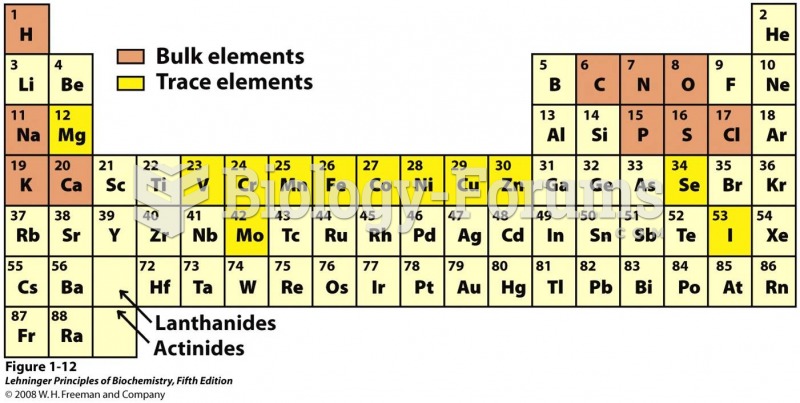Answer to Question 1
ANSWER:
STUDENTS SHOULD LIST FOUR OF THE SEVEN 1) Well-informed understanding of what to teach as defined by childrens interests, developmental skill expectations, and early learning content standards/guidelines 2) the incorporation of developmentally appropriate methods that support learning and development 3) the utilization of effective assessment strategies that inform instruction, document child progress, and provide data for continuous program development 4) careful staging of the environment which, when carefully planned, inspires children to learn and provides opportunities for development 5) thoughtful selection of authentic materials that make learning meaningful and that facilitates development 6) the implementation of professional development that enhances the teachers ability to work with children and families to construct high-quality curriculum 7) opportunities for curriculum mentoring that supports critical reflection, quality curriculum, and intentional teaching
Answer to Question 2
ANSWER:
1) Early experiences determine whether a childs developing brain architecture provides a strong or weak foundation for all future learning, behavior, and health. 2) Young children who grow up in homes with high incomes and high parent education levels have more than twice the expressive vocabulary at age three compared to children raised in homes characterized by low socioeconomic status. 3) The basic principles of neuroscience tell us that providing the right conditions for healthy development in early childhood is likely to be more effective than treating problems at a later age. 4) It is possible to improve a wide range of outcomes for vulnerable children well into the adult years, as well as generate benefits to society far in excess of program costs.







